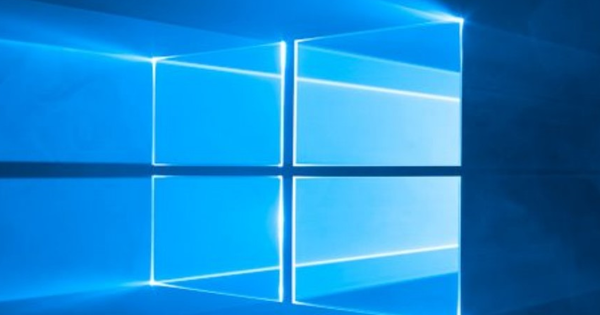If you use Google Chrome, you may be used to the Shockwave Flash plug-in crashing by now. Here we show you how to solve the problem.
Unlike other browsers, Google Chrome has its own version of Adobe Flash Player built in. Also, using another web browser that requires a downloaded version of Adobe Flash Player often creates a conflict between the two versions of the software.
To check the configuration of Google Chrome, type about:plugins in the address bar and press Enter. You will then see a page with information about all plug-ins that are currently configured in Google Chrome.
Look for entries in the list such as Adobe Flash Player, or Shockwave Flash. If you see two or more, it means more than one Flash plug-in is installed.

At the top right of the plugin page is a link Details. Click it to get more information about each extension.
The file name of each plugin is next to location. If you look closely you can see that one is stored under [Your user folder]AppData\Local\Google\Chrome. This is Chrome's integrated plugin. The other starts with C:\Windows\.... The path name may differ depending on your version of Windows. For example, if you are using Windows 8, the path for the integrated plug-in is something like C:\Program Files (x86)\Google\Chrome\Application\36.0.1985.125\PepperFlash\pepflashplayer.dll (the version number may be different).
If both files have a Disable link they are both active, which is probably the cause of your browser crashes.

You can now choose which player to keep by clicking next to the others Disable to click. Chrome will now use the version enabled on your PC.
If you decide to use the installable plugin instead of the integrated one, it's best to download and install the latest version. Click here for the latest version of Adobe Flash Player.
If your browser keeps crashing, go back to about:plugins and select the other Flash Player.

